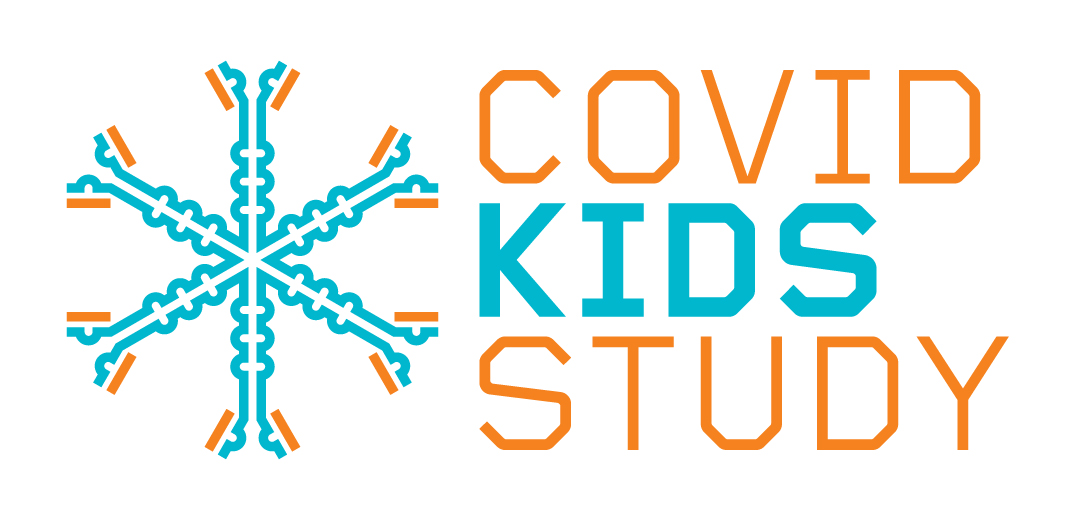
28 Sep Assessing Saliva SARS-CoV-2 Antibody Prevalence in Children
By now, we are all aware of COVID, the virus that has changed so many lives and guidelines. A year and several months have passed since the first COVID-19 patient in the Netherlands was confirmed. Following the first confirmed case, hospitals in the Netherlands saw the first peak of admission rates during March and April 2020. In Amsterdam UMC, a group of Pediatricians “COVID Kids Study” assessed antibody prevalence in serum and saliva to gain a better understanding of COVID-19.
Understanding immunity against COVID, including in children, is imperative for the general public health and for the development of vaccines against this virus. In adult patients, specific saliva antibodies have been detected and seroprevalence (number of people in a population who tested positive for a specific disease based on blood serum) is routinely monitored. However, very little research has been conducted on mucosal antibodies, despite COVID being a respiratory disease.
In Amsterdam UMC, COVID Kids Study, a group of Pediatricians including Dasja Pajkrt (coordinator of OrganoVIR) and Maya Keuning assessed antibody prevalence in serum and saliva in 517 children attending medical services in the Netherlands (with respect to COVID-19 guidelines). Previously, Dasja sat down with BnR Radio to discuss how she and her colleagues assessed antibodies in saliva and blood (click here to listen to Dasja’s DUTCH interview).
So, what did they find through assessing saliva assays in children? And does studying mucosal antibodies provide a better understanding of COVID-19? You can find your answers in their article “Saliva SARS-CoV-2 Antibody Prevalence in Children”, which is now available online on Microbiology Spectrum.
Click Here to Access Article